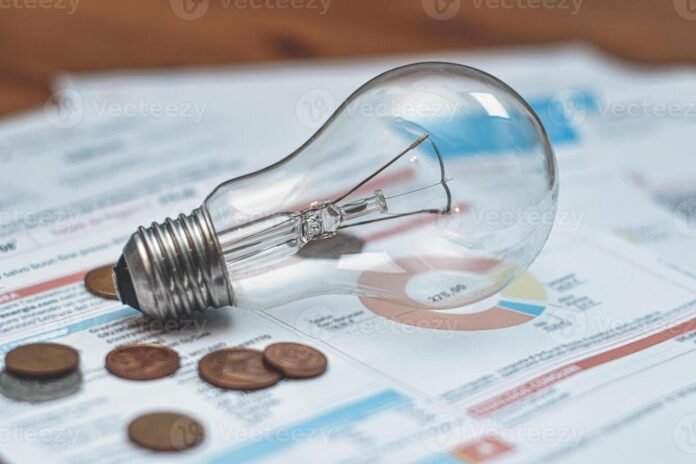Dirty tubes and bulbs can significantly impact the efficiency of lighting systems, with studies indicating that they can absorb up to 50 per cent of the light emitted. This reduction in light output not only affects visibility but also leads to increased electricity consumption and higher utility bills for consumers. To address this issue and reduce energy costs, the Government of Haryana recommends employing various strategies to optimize lighting systems.
One of the key recommendations from the Government of Haryana is to regularly clean and maintain lighting fixtures to ensure maximum light output. Dust, dirt, and grime accumulate on tubes and bulbs over time, reducing their efficiency and effectiveness. By regularly cleaning these fixtures, individuals can improve light transmission and reduce energy wastage.
In addition to cleaning, the government suggests incorporating energy-saving technologies and devices into lighting systems. This includes the use of infrared sensors, motion sensors, automatic timers, dimmers, and solar cells to control lighting circuits efficiently. Infrared sensors and motion sensors detect movement and adjust lighting accordingly, ensuring that lights are only activated when needed. Automatic timers can be programmed to switch off lights during periods of low occupancy or when natural light is sufficient. Dimmers allow users to adjust the brightness of lights to suit their needs, further reducing energy consumption.
Furthermore, integrating solar cells into lighting systems harnesses renewable energy sources and reduces reliance on conventional electricity. Solar-powered lighting solutions are particularly beneficial for outdoor areas and remote locations where access to the grid may be limited.
By implementing these strategies, individuals can not only reduce their electricity bills but also contribute to energy conservation and environmental sustainability. Taking proactive steps to optimize lighting systems not only saves money but also promotes energy efficiency and responsible energy usage. As consumers become more aware of the impact of lighting on energy consumption and costs, adopting these practices can lead to significant savings and a greener future.
Dirty tubes and bulbs can significantly impact the efficiency of lighting systems, with studies indicating that they can absorb up to 50 per cent of the light emitted. This reduction in light output not only affects visibility but also leads to increased electricity consumption and higher utility bills for consumers. To address this issue and reduce energy costs, the Government of Haryana recommends employing various strategies to optimize lighting systems.
One of the key recommendations from the Government of Haryana is to regularly clean and maintain lighting fixtures to ensure maximum light output. Dust, dirt, and grime accumulate on tubes and bulbs over time, reducing their efficiency and effectiveness. By regularly cleaning these fixtures, individuals can improve light transmission and reduce energy wastage.
In addition to cleaning, the government suggests incorporating energy-saving technologies and devices into lighting systems. This includes the use of infrared sensors, motion sensors, automatic timers, dimmers, and solar cells to control lighting circuits efficiently. Infrared sensors and motion sensors detect movement and adjust lighting accordingly, ensuring that lights are only activated when needed. Automatic timers can be programmed to switch off lights during periods of low occupancy or when natural light is sufficient. Dimmers allow users to adjust the brightness of lights to suit their needs, further reducing energy consumption.
Furthermore, integrating solar cells into lighting systems harnesses renewable energy sources and reduces reliance on conventional electricity. Solar-powered lighting solutions are particularly beneficial for outdoor areas and remote locations where access to the grid may be limited.
By implementing these strategies, individuals can not only reduce their electricity bills but also contribute to energy conservation and environmental sustainability. Taking proactive steps to optimize lighting systems not only saves money but also promotes energy efficiency and responsible energy usage. As consumers become more aware of the impact of lighting on energy consumption and costs, adopting these practices can lead to significant savings and a greener future.
Regular maintenance and the use of energy-saving technologies are essential steps towards reducing electricity bills and promoting sustainable energy usage. With these measures in place, individuals can enjoy the benefits of well-lit spaces while minimizing their environmental footprint and saving money on utility bills.

